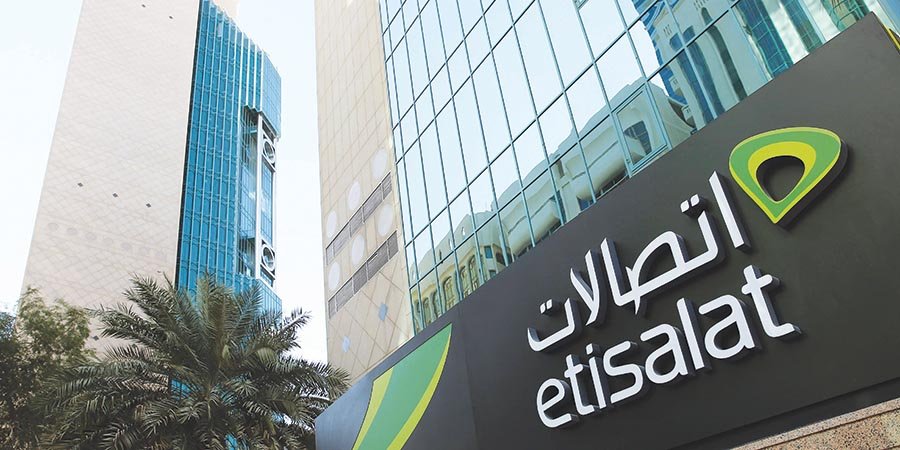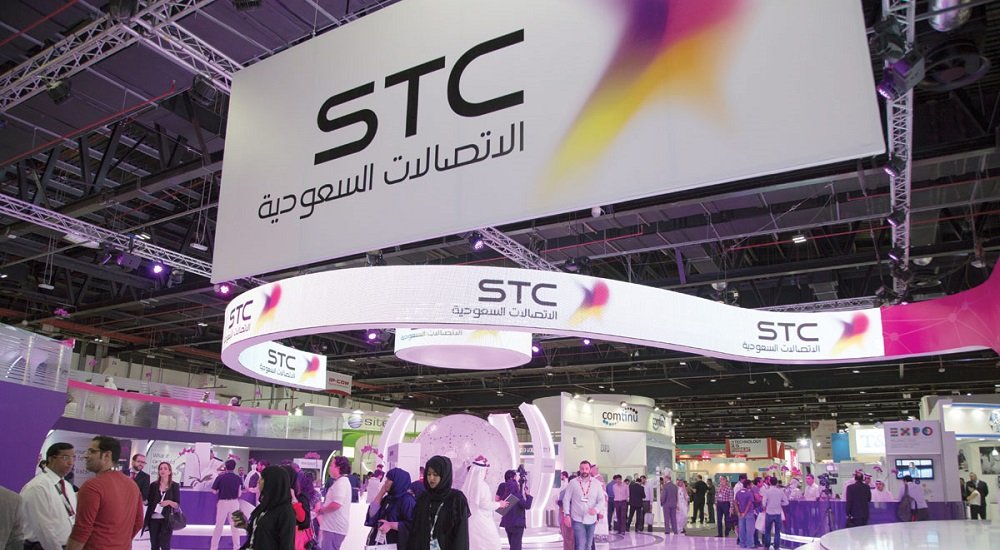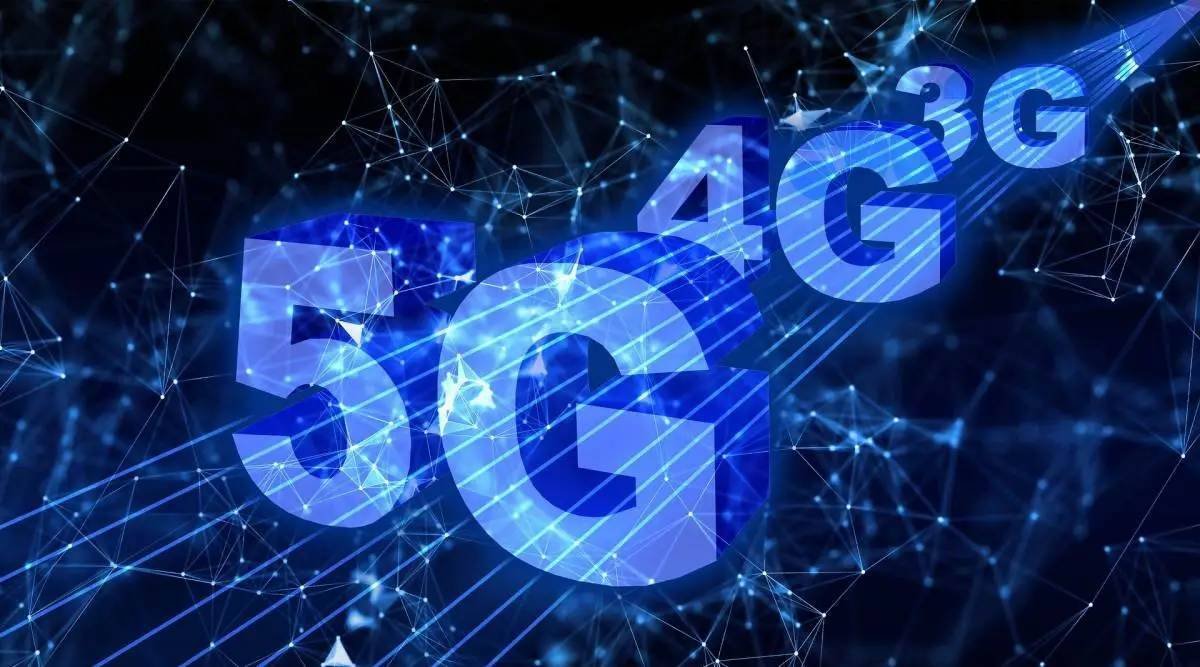The rollout of 5G networks in the Middle East is reshaping the region’s telecommunications and IT industries, unlocking new opportunities for innovation, connectivity, and economic growth. By offering ultra-fast speeds, low latency, and the ability to support massive device connectivity, 5G is driving advancements in smart cities, industrial automation, healthcare, and more. As countries in the region aggressively adopt this next-generation technology, they are positioning themselves as leaders in the global digital economy.
This article examines how the 5G rollout is transforming telecom and IT in the Middle East, highlighting key developments, industry impacts, and the challenges ahead.
1. Accelerating Digital Transformation
5G is a cornerstone of the Middle East’s digital transformation initiatives, enabling faster and more reliable connectivity that supports next-gen applications and services. Governments and private telecom operators are investing heavily in 5G infrastructure as part of broader national visions, such as Saudi Arabia’s Vision 2030 and the UAE’s Digital Economy Strategy.
Key Developments:
- Smart Cities: The UAE’s Smart Dubai and Saudi Arabia’s NEOM rely on 5G to power IoT (Internet of Things) devices, smart grids, autonomous vehicles, and AI-driven urban solutions.
- E-Government Services: 5G enhances e-government platforms by enabling real-time data sharing, video conferencing, and secure cloud services for public administration.
Impact on IT:
The IT sector is leveraging 5G for cloud computing, AI, and edge computing, enabling businesses to process and analyze data faster and closer to end-users. This capability is essential for sectors like finance, healthcare, and logistics, which require real-time decision-making.
2. Revolutionizing Telecommunications
For telecom operators, the introduction of 5G represents a significant shift in both technology and business models. Telecom companies in the region, including Etisalat, STC, and Ooredoo, are leading the charge in deploying 5G networks to deliver high-speed connectivity and innovative services.
Key Features of 5G in Telecom:
- Enhanced Mobile Broadband (eMBB): Enables seamless streaming, virtual reality (VR), and augmented reality (AR) applications, providing users with immersive experiences.
- Network Slicing: Allows operators to create multiple virtual networks tailored for specific industries, such as healthcare, manufacturing, and retail.
- IoT Connectivity: 5G supports billions of connected devices, enabling IoT applications in smart homes, industrial automation, and agriculture.
New Revenue Streams:
Telecom operators are diversifying their offerings by introducing 5G-enabled services such as cloud gaming, remote work solutions, and connected healthcare platforms, creating new revenue opportunities beyond traditional voice and data services.

3. Enabling Industry 4.0
5G is a catalyst for the Fourth Industrial Revolution (Industry 4.0), which relies on automation, AI, and IoT to transform industries. In the Middle East, sectors such as oil and gas, manufacturing, and logistics are embracing 5G to enhance operational efficiency and innovation.
Industrial Applications:
- Smart Manufacturing: 5G enables real-time monitoring and control of production lines, predictive maintenance, and automated quality checks.
- Oil and Gas: Companies like Saudi Aramco are leveraging 5G for remote monitoring, digital twins, and enhanced safety protocols in harsh environments.
- Logistics: 5G-powered tracking and analytics are optimizing supply chains, reducing costs, and improving delivery times.
4. Enhancing Consumer Experiences
The rollout of 5G is significantly improving consumer experiences, particularly in the areas of entertainment, education, and healthcare. With faster speeds and lower latency, consumers in the Middle East are gaining access to cutting-edge applications that were previously unattainable with 4G.
Consumer Applications:
- Gaming and Streaming: 5G enhances cloud gaming platforms and ultra-HD video streaming, providing seamless and immersive experiences.
- Remote Learning: Students benefit from real-time, interactive online classes and VR-based educational tools powered by 5G.
- Telemedicine: 5G enables remote patient monitoring, virtual consultations, and AI-assisted diagnostics, transforming healthcare delivery in the region.

5. Challenges to 5G Rollout
While the Middle East has made significant progress in deploying 5G networks, several challenges remain:
a) High Deployment Costs:
Building 5G infrastructure requires significant investment in fiber-optic networks, base stations, and spectrum acquisition. For some countries, these costs may pose a barrier to widespread adoption.
b) Regulatory Hurdles:
Harmonizing 5G standards and regulations across the region is essential to ensure seamless connectivity and cross-border collaboration. Regulatory delays could slow the pace of rollout.
c) Security Concerns:
The increased connectivity offered by 5G also raises concerns about cybersecurity and data privacy. Telecom operators must invest in robust security measures to protect users and networks from cyber threats.
6. The Road Ahead: A Connected Future
The adoption of 5G is paving the way for a hyper-connected Middle East, with profound implications for businesses, governments, and individuals. As the region continues to roll out 5G networks, the focus will shift toward leveraging this technology to drive innovation, economic diversification, and sustainable development.
Future Trends:
- AI Integration: 5G will accelerate the adoption of AI in sectors like healthcare, transportation, and public safety.
- Green 5G: Sustainability will become a priority, with telecom operators adopting energy-efficient technologies to minimize the environmental impact of 5G networks.
- 6G Research: As 5G matures, the region is likely to invest in research and development for 6G, aiming to stay at the forefront of technological innovation.
Image Courtesy Notice
At The Storiez, we value the efforts of photographers, artists, and content creators. The images featured in our articles are sourced from various news portals and online websites. We strive to ensure proper credit is given wherever possible. If you are the rightful owner of any image used here and would like to request its removal or correct attribution, please feel free to contact us. We respect intellectual property rights and aim to address concerns promptly.

